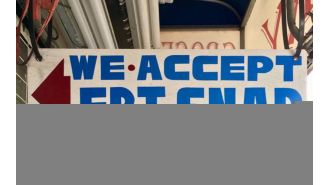Stakeholder Analysis
I am a fan of looking at something from all sides and understanding how each side thinks about it.
Consider a neighborhood school. There are students, parents, teachers, administrators, non-teaching staff, taxpayers, the community, homeowners (whose home value is impacted by the quality of the school), and possibly other stakeholders.
In theory every one of those stakeholders has a vested interest in the success of the school but in reality there is often conflict between them.
The teachers would certainly welcome a pay raise, for example. But the taxpayers may not. Or maybe they would because it would keep the quality high and thus the values of their homes.
What if the school wanted to start later and end later? The parents might oppose it because it would make it harder for them to get to work on time in the morning. But the teachers, administrators, and non teaching staff might welcome it because they would find it easier to get to work on time in the mornings.
All complex systems have many stakeholders and while they all want the system to succeed, because they have a stake in it, they rarely view success in the same terms.
Stakeholder analysis is extremely helpful in running a company and governing it (the work of the Board).
And the stakeholders of a company are not just the stockholders. Even when a Board and management is tasked with acting in the best interests of the stockholders, it is wise and prudent to act in the best interests of all of the stakeholders.
Doing so, however, is often impossible because of these conflicts between stakeholders.
Done properly, a stakeholder analysis attempts to determine what each and every stakeholder desires and the impact to them of an important decision. It is like a scorecard. It is often helpful to look at short term, medium term, and long term impacts.
I find that it is often the case that conflicts are the most extreme in the short term and that if you can frame a decision and the impact of it over a very long time horizon, it can be easier to get alignment.
But regardless of whether you can get alignment, a CEO must act and act decisively. And a Board must make sure that the CEO is acting wisely and in the best interests of the stockholders and stakeholders.
So doing a stakeholder analysis, understanding where the issues are and will be, and making a fully informed decision is the best course of action. And you will want a communication plan to mitigate the fallout of the decision as much as possible.
You never want to surprise or be surprised by your stakeholders. They may not like you, agree with you, or even support you. But they must be understood, respected, and considered in your decision making process.






